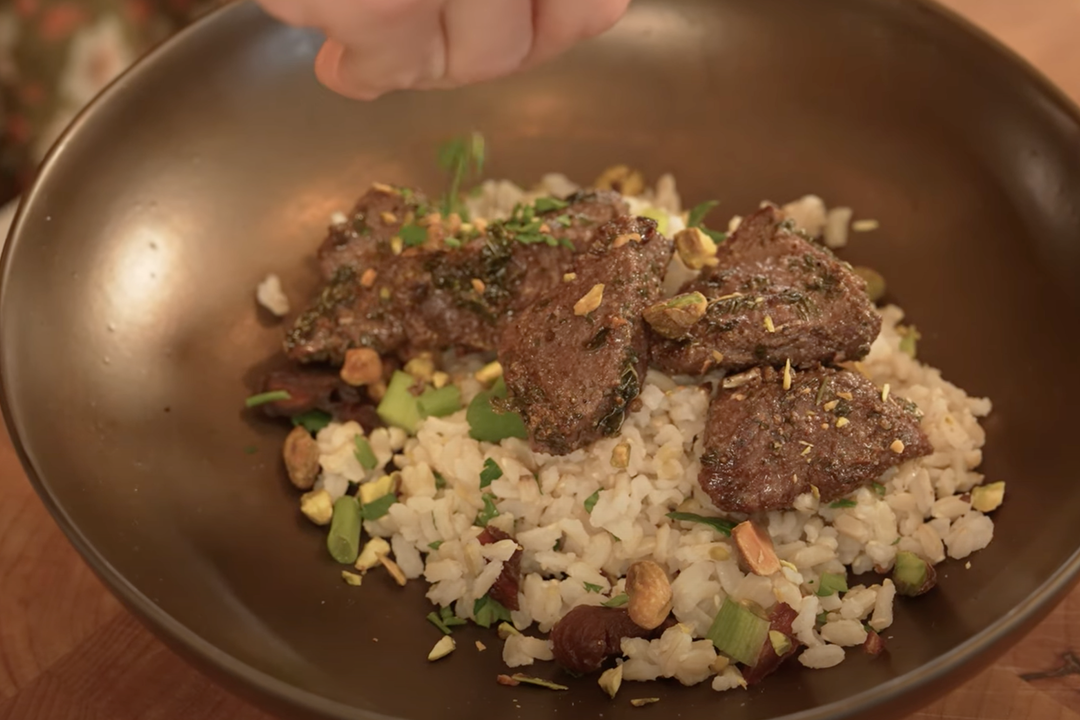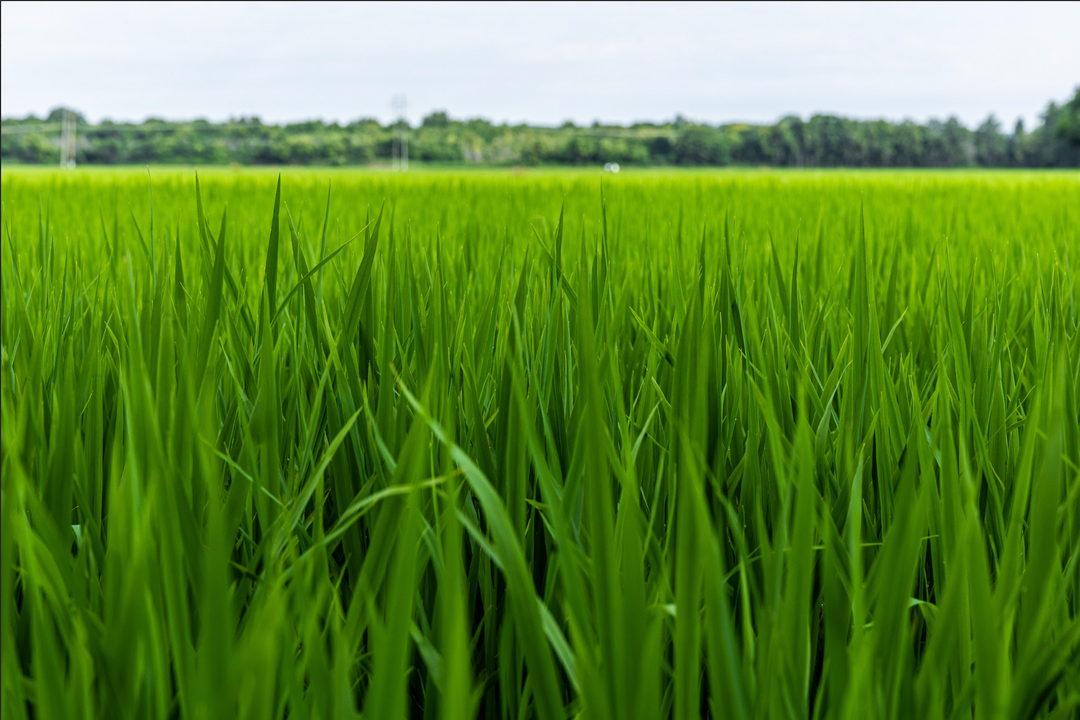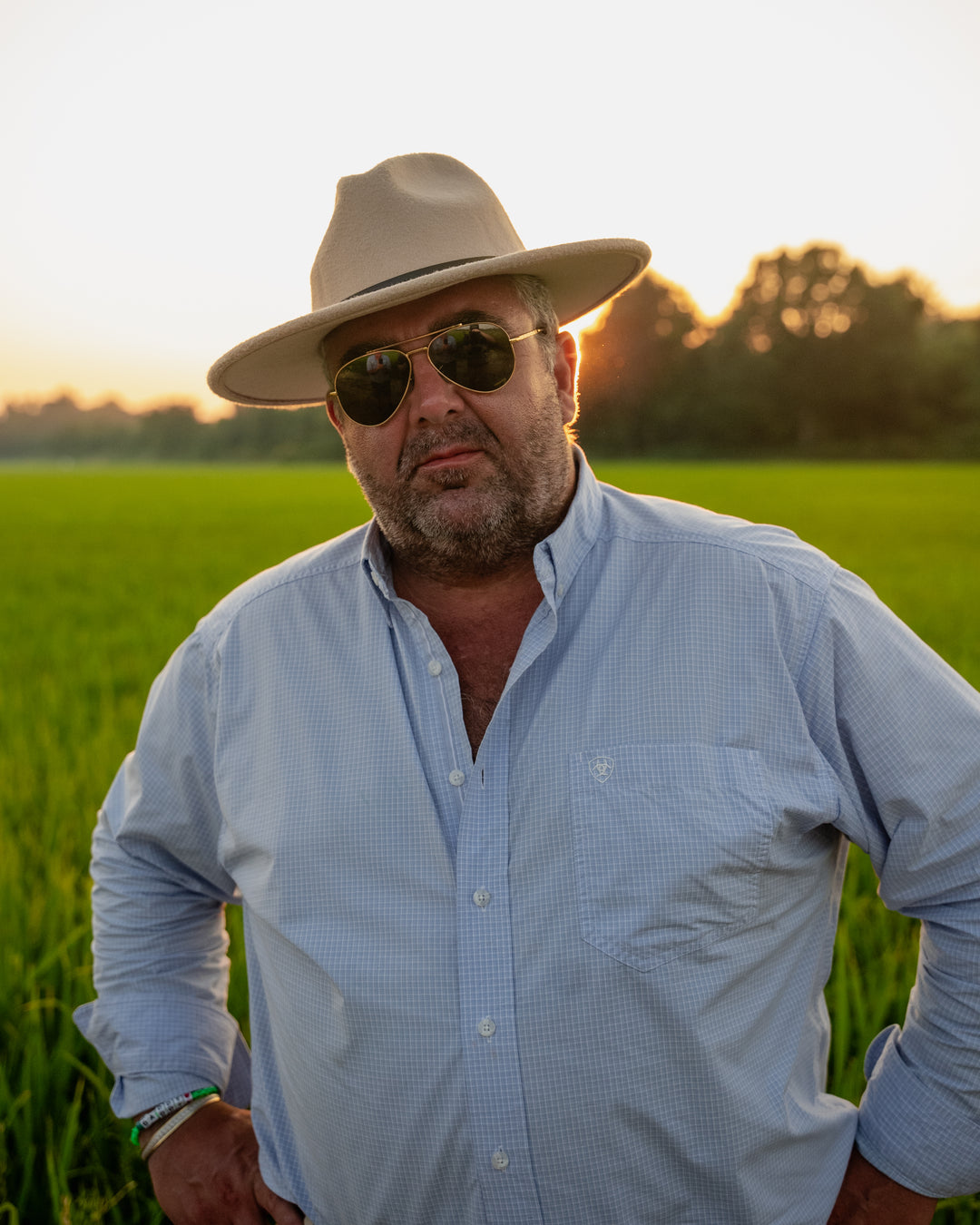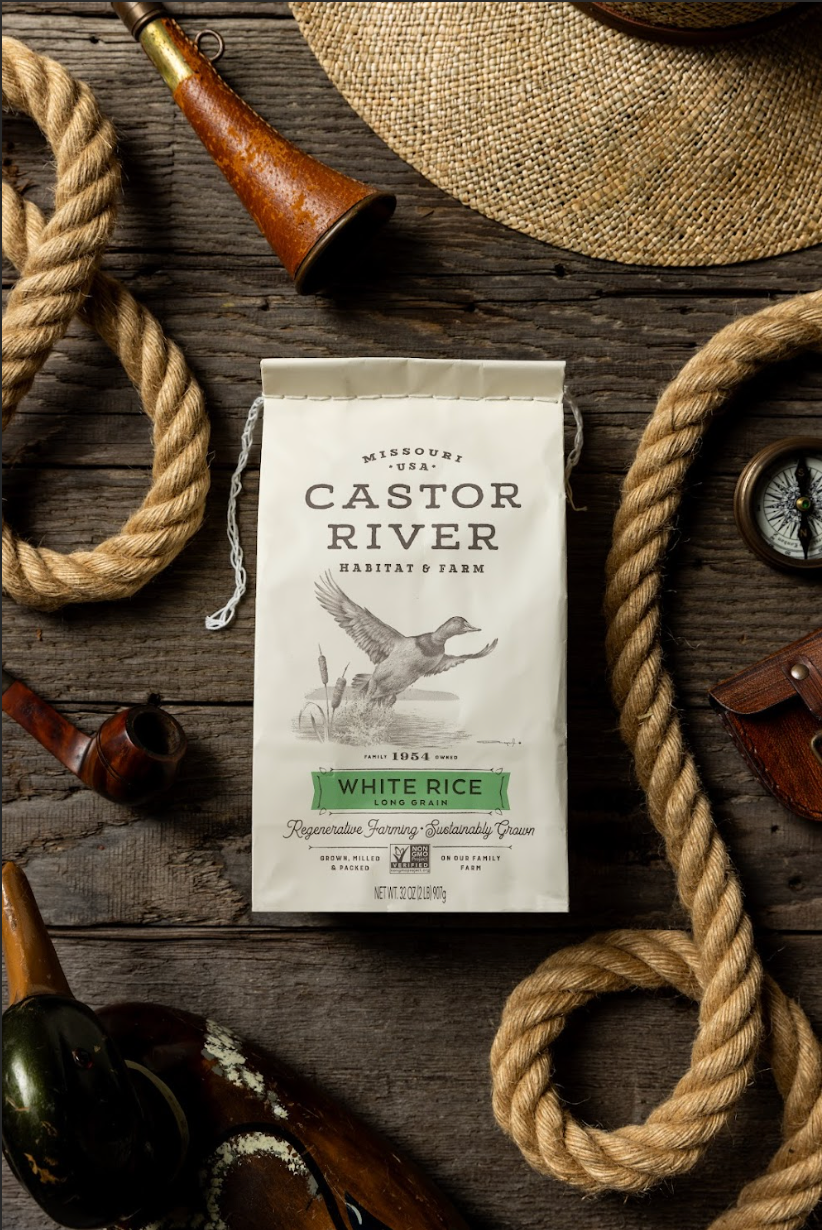What Does “No-Till” Actually Mean—and Why It Matters

In farming, how you treat the soil tells you just about everything you need to know about how that food was grown. Around here, we don’t just see soil as a means to an end—it’s a living system, and if you respect it, it gives back. That’s why no-till farming is at the heart of everything we do at Castor River Farms.
But what does “no-till” actually mean?
Traditionally, most farms begin a season by tilling the ground—using equipment to turn the soil, break up residue from the last harvest, and prepare it for new seed. It’s fast, it’s common, and it’s been the standard for generations.
But tilling comes with a cost. Every time you tear up the soil, you expose it to wind, water, and sun. You dry it out. You disrupt the microbial communities that naturally support plant health. You release stored carbon into the air. Over time, the structure breaks down. The soil becomes more like dust. Crops depend more heavily on inputs. And the land starts producing less with more effort.
No-till farming flips that thinking.
When we say “no-till,” we mean we leave the soil structure alone. Instead of ripping it up every season, we plant directly into the residue of the previous crop. That residue acts like a blanket, helping retain moisture, suppress weeds, and protect the living ecosystem beneath the surface.
At Castor River, we combine this with other regenerative practices, like planting cover crops on every acre and reducing our water usage by up to 60% compared to conventional rice farming. These methods work together to keep the soil protected and constantly replenished.
Healthy soil holds more water. It cycles nutrients more efficiently. It supports stronger root systems, which lead to stronger plants. And over time, no till farming doesn’t just preserve the land, it actually makes it better. We've seen the change on our own fields: less erosion, more earthworms, better structure, and better rice.
This matters because we don’t farm for just one harvest, we farm for generations.
Our long grain rice—whether it’s long grain white rice or long grain brown rice—is grown using this method. Every grain is raised in soil that hasn’t been torn apart to produce it. That’s why we believe it’s not just high quality rice, it’s food that tells the truth about how it was grown.
And it’s not just about the soil—it’s about trust. You should know what kind of land your food comes from. With Castor River rice, you’re getting clean-label, American-grown rice from a family farm that mills and packs everything on site. No middlemen. No shortcuts. Just real work, done right.
So the next time you see “no-till” on a label or in a conversation about farming, you’ll know it’s more than a technique. It’s a mindset. It’s a commitment to care, and a belief that good soil makes for good food—and a better future.









